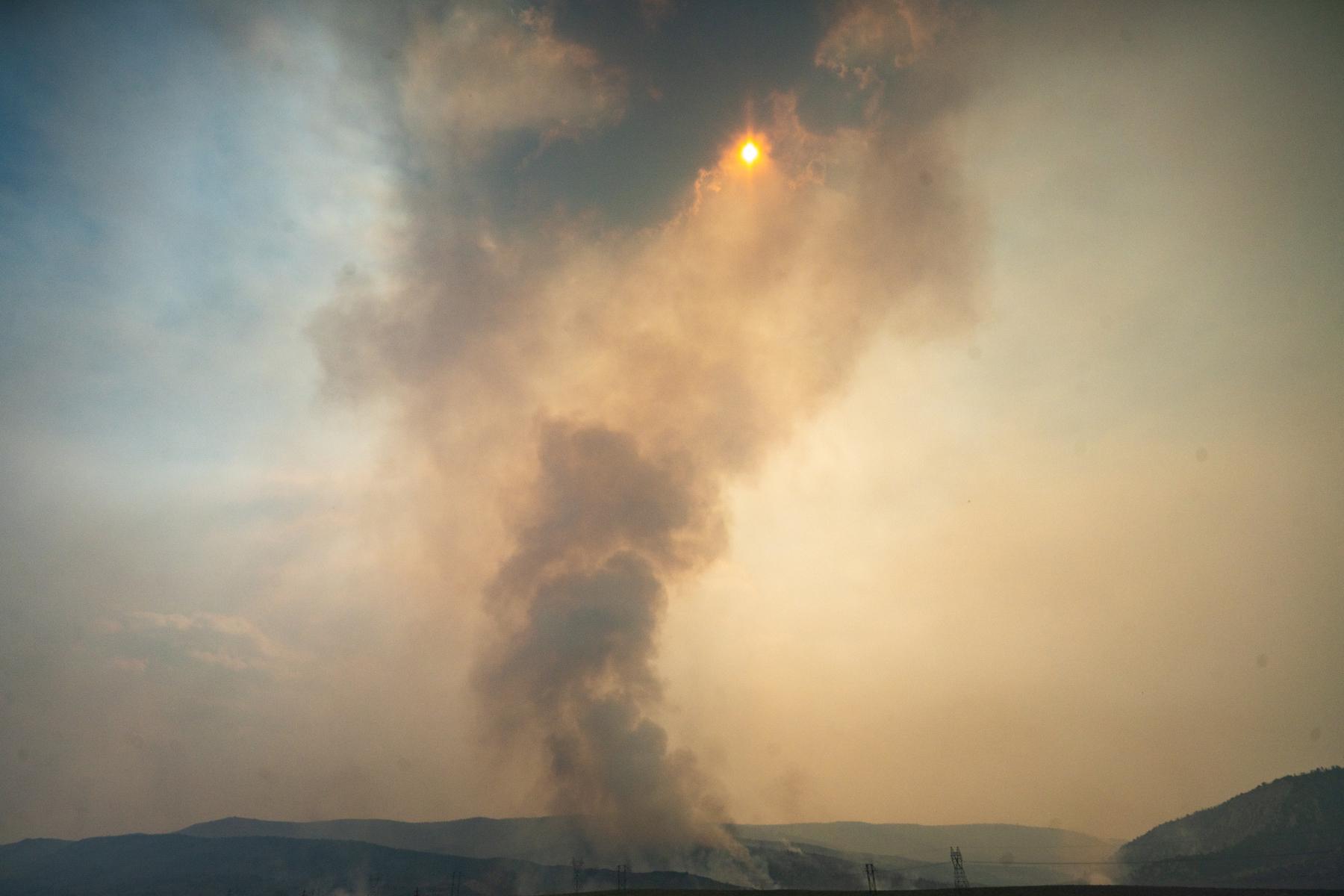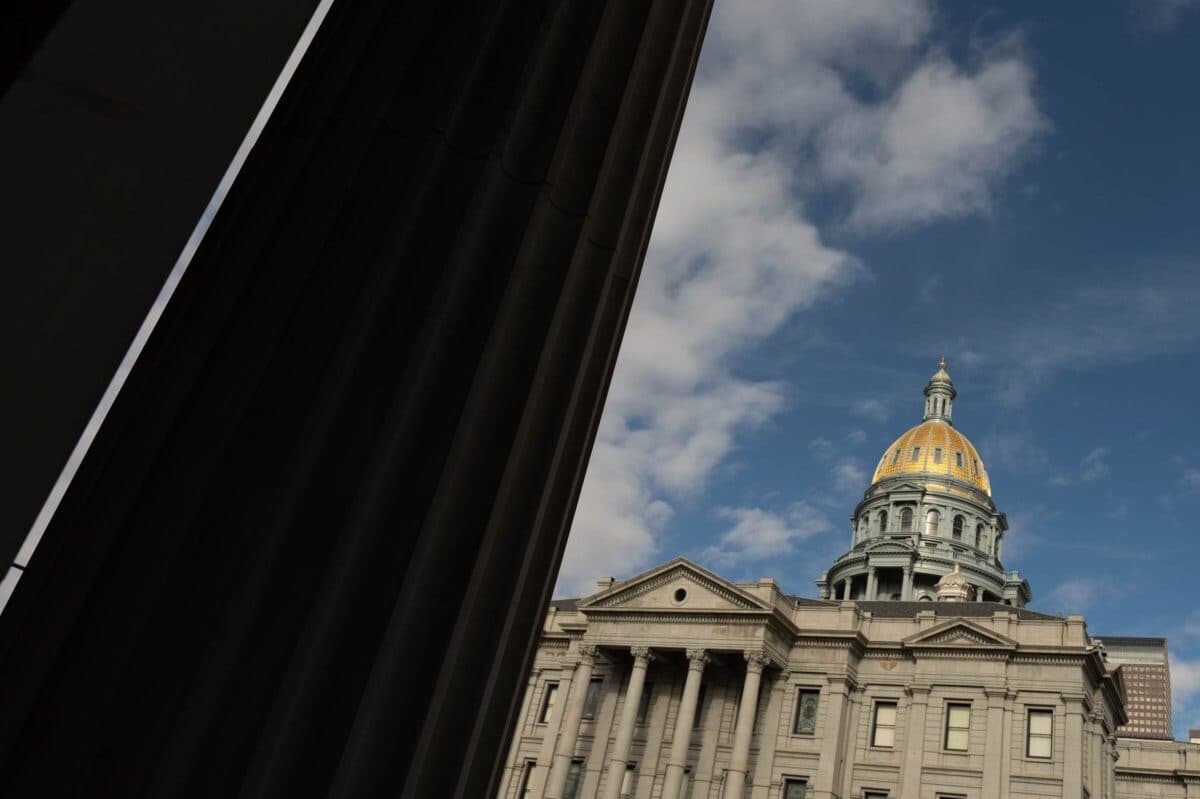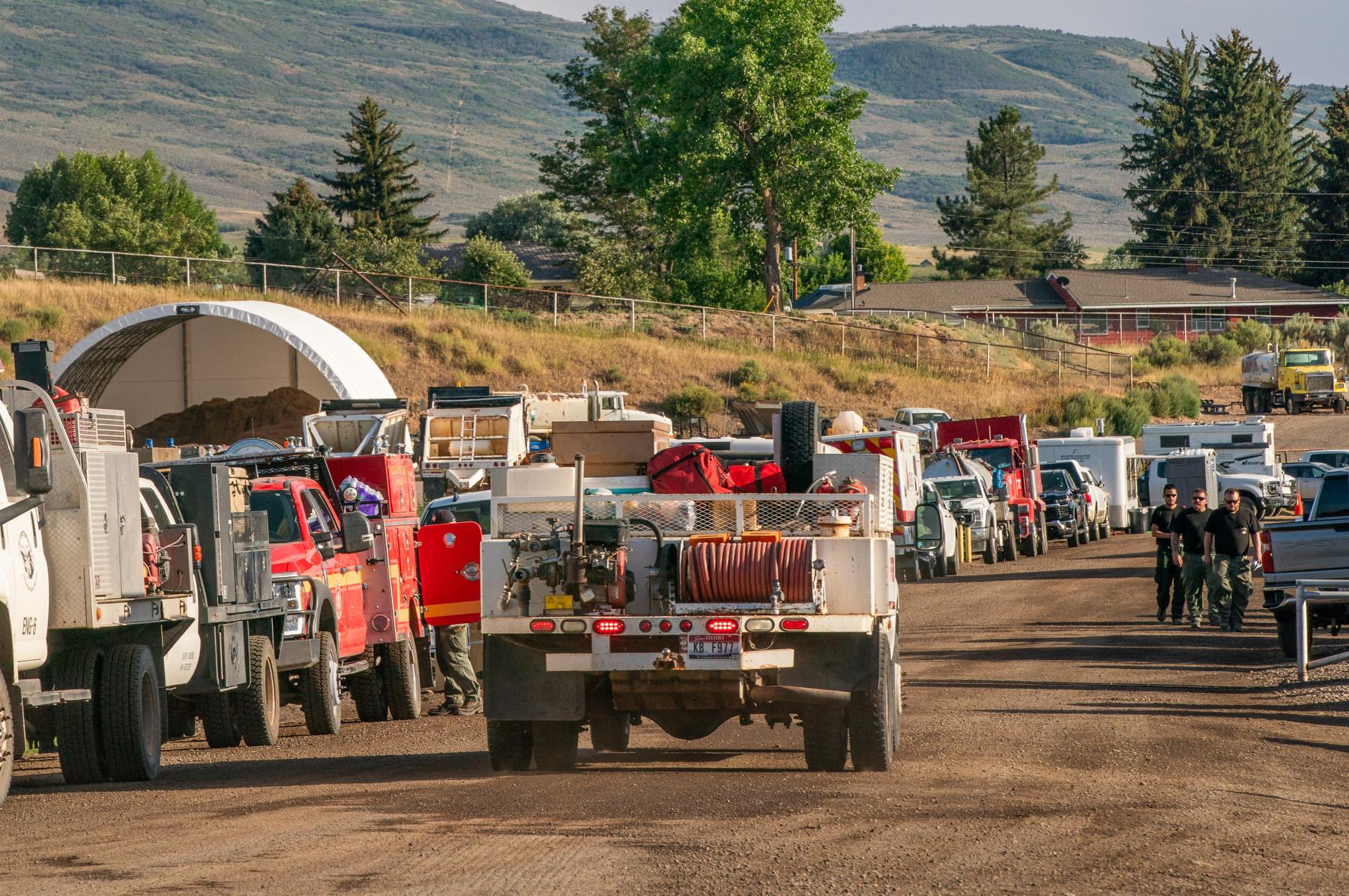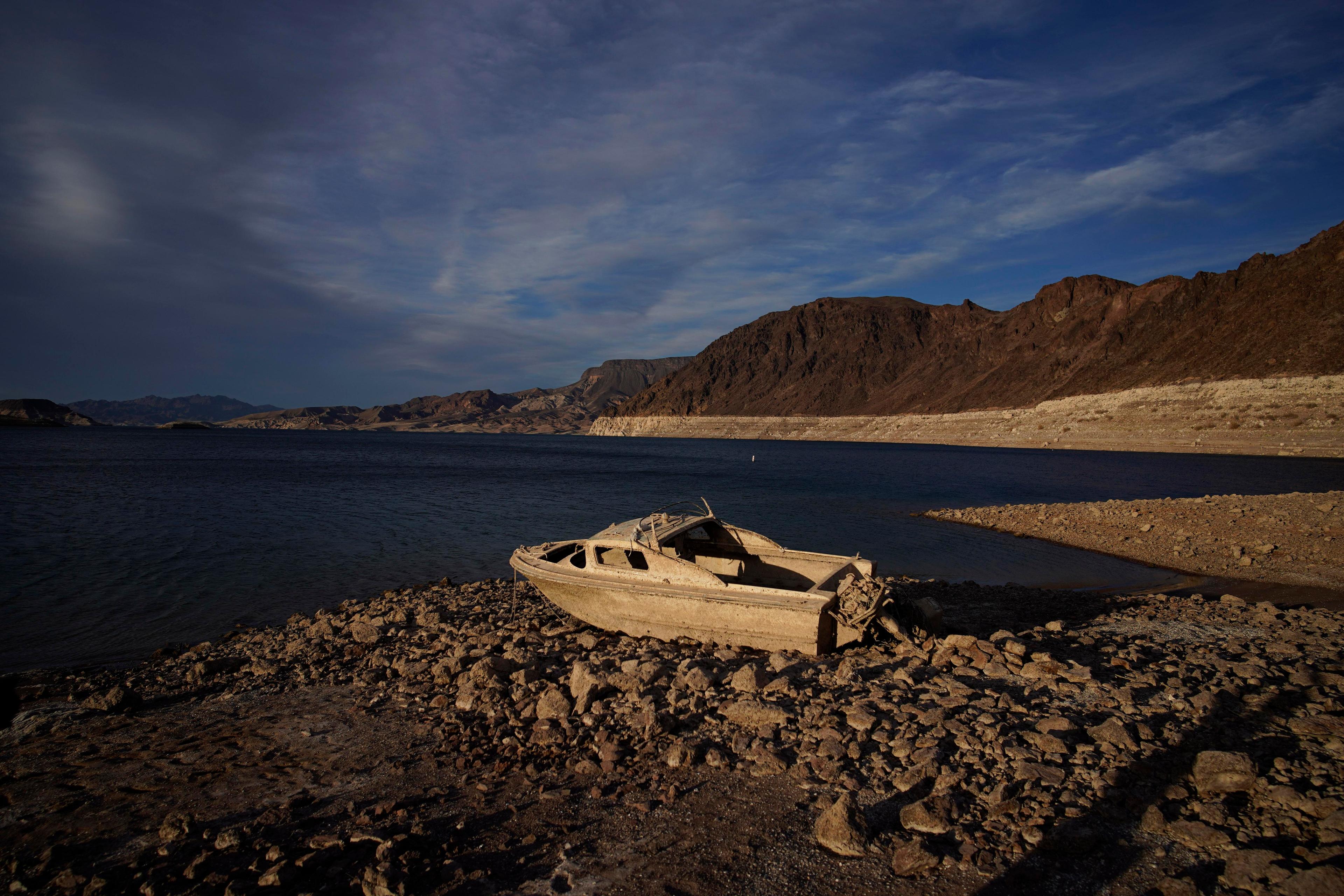
As the Lee Fire swept through the Western Slope last month, 179 inmates at the Rifle Correctional Center were evacuated and taken to other facilities. Researchers say it’s just one recent example of how climate change is affecting the nearly 18,000 people who live in Colorado’s prisons.
Ben Nevis Barron, who has studied the issue extensively as a doctoral student at the University of Colorado Boulder, said as the climate heats up, prisoners in the state are uniquely vulnerable to heat and heat-related illnesses, unhealthy air and other hazards like flooding since they are unable to change locations and complaints often lead to punishment.
Here are some take-aways from the interview:
What spurred your interest on this intersection of prisons and climate change?
“I first studied the SWIFT program, the State Wildland Inmate Fire Team in about 2014, which has, since the early 2000s trained people in prison to fight wildfires and I had never really thought about the incarcerated population in relationship to climate change. And here are incarcerated people doing some of the hardest and most dangerous work to mitigate the hazards that are being exacerbated by climate change and I wanted to learn more.”
What prompted you to undertake this recent study of the effects of climate change on the prison population?
“Our carceral system is a system that styles itself as a bit of a black box. If you are not directly involved or know anyone who's directly involved in that system, it's pretty hard to know anything about it. By design, it's a difficult system to access and to learn about, but there's millions of people involved and a significant portion of America's population and Colorado's population are incarcerated or on parole. And it just struck me that I was telling the story of these wildland firefighters leaving prison and going outside to combat the worst of the hazards. But what about the people who were not leaving? You know, what happens inside of a prison when you're locked in a cell and wildfire smoke is pouring in through the ventilation or it's a hundred degrees and there's no air conditioning?”
You spoke with incarcerated people as part of the study. What are some of the hazards inmates face due to climate change that really stand out for you?
“In Colorado, the big ones are temperature, extreme heat and extreme cold, wildfire smoke, and the fires themselves. Picture yourself in a locked cell and if your building has air conditioning, which is not a guarantee, they may or may not turn the air conditioning on. Generally speaking, what I heard from my research participants is that the air conditioning is sort of turned on on a set date, not in response to say, a heat wave. So on May 15th, they switch it on and as you and as your listeners probably know, Colorado is fully capable of cranking out a 95-degree day in early May and the same goes for when it's cold with regard to heating. And in terms of smoke, the ventilation systems we heard were not consistently managed. Filters were not being consistently swapped out.”
“My research participants were telling me about spending nights trying to sleep in a 100-degree cell in a puddle of their own sweat, coughing and having asthma attacks because of the smoke. And, if they try to improve their own situation by, say, putting a t-shirt over the vent that is actively pumping in particulate matter, they're liable to get an infraction from the correctional officers and in some cases even end up in solitary confinement.”
How much of Colorado's incarcerated population is vulnerable to these kinds of climate related issues?
“The research team I was involved with at the University of Colorado did a study to try to answer exactly that question and we found that fully three-quarters of Colorado's prisons and jails were at high risk of being exposed to one of those three climate hazards that I mentioned. Extreme temperature, smoke or flooding. And in terms of my own study, which was small enough that it's not a definitive study, but large enough that it certainly pointed to important trends, 65 percent of the people that I talked to had directly experienced extreme temperatures, a wildfire or a flood themselves.”
Is this problem unique to Colorado or is this a universal problem in the country?
“We had to limit our study to Colorado, but we have no reason to believe that other states are far more progressive and responsive in terms of their prison and jail infrastructure. So I'm unable to say for certain how widespread this is. I will note that there are great studies establishing similar conditions and in some cases even worse conditions in states like Texas and Georgia. There was a great study by an academic who estimated that about 13 percent of mortality within Texas prisons is probably due to the lack of air conditioning during heat-related events.”
So the elephant in the room question, some might say that these are incarcerated people. With all the problems we face related to climate change, why focus on them?
“It's a valid question and there is a temptation to say, well, if you didn't want to be dealing with this kind of situation, you shouldn't have committed a crime. However, when a person commits a crime and is sentenced, they're being sentenced to time in prison, they're not being sentenced to torturous conditions of extreme heat and inhaling unhealthy air and lasting health conditions and possibly fatal bodily responses to these environmental conditions. So I think we need to ask ourselves, as a society, is it appropriate for us to put these people in such a condition of vulnerability regardless of their prior behavior?”
“We are carving out a segment of the population that becomes one of the most vulnerable segments because of their lack of agency to manage their own space and efficiently evacuate and move to another facility. In the worst-case scenario, these buildings are built to keep people in, not to allow them to exit smoothly and safely. And so even if one is thinking, well, they shouldn't have committed a crime, I think we need to grapple with whether this level of environmental exposure and suffering is a just and proportional response to whatever their social wrongdoing was.”
Based on your study, what advice would you give the head of Colorado's Department of Corrections?
“I think acknowledging that the world is changing, that these buildings were built to accommodate a specific climate and that climate is not the one we are working with now. It's not the one we're going to be working with in the future. And that these types of conditions are not only hazardous to incarcerated people, but also to corrections officers and to anybody who has to spend time inside of these facilities. So just being forward thinking in terms of what incarcerated facilities are built to do and built to withstand and respond to is a first step. I would encourage the Department of Corrections and any of our politicians who find this disturbing to think through how many carceral facilities we really need. And if there are buildings that are sort of the worst offenders in terms of these environmental conditions, those buildings might be good candidates to shut down as we move toward trying to incarcerate a smaller proportion of our populace.”









